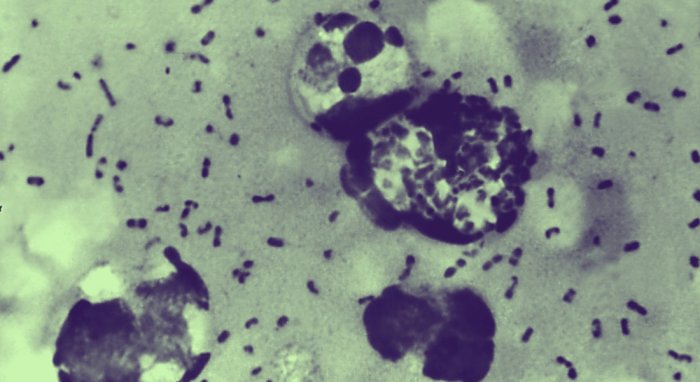Jan Bartek – AncientPages.com – A research team led by Professor Eske Willerslev from the University of Copenhagen and the University of Cambridge has made significant strides in understanding ancient human pathogens.
A research team led by Eske Willerslev, professor at the University of Copenhagen and the University of Cambridge, has recovered ancient DNA from 214 known human pathogens in prehistoric humans from Eurasia. Image source
By recovering DNA from 214 known pathogens in prehistoric humans across Eurasia, their study reveals that zoonotic diseases—those transmitted from animals to humans, like COVID-19—date back to around 6,500 years ago and became more prevalent approximately 5,000 years ago.
The researchers analyzed DNA from over 1,300 prehistoric individuals, some dating back as far as 37,000 years.
The examination of ancient bones and teeth has provided valuable insights into how diseases caused by bacteria, viruses, and parasites developed over time.
The findings suggest that close living conditions with domesticated animals and large-scale migrations from the Pontic Steppe were crucial factors in spreading these diseases.
Professor Willerslev notes that this transition to farming and animal husbandry marked a new era for disease emergence at least 6,500 years ago. These infections not only caused illness but may have also led to population declines, migrations, and genetic adaptations.
The implications of this study are significant for vaccine development and understanding disease evolution.
Associate Professor Martin Sikora highlights that learning about past events can help prepare for future outbreaks since many emerging infectious diseases are expected to originate from animals. Understanding successful mutations from history is crucial for assessing current vaccine efficacy or developing new vaccines if necessary due to mutations.
Infectious diseases have historically had significant impacts on human populations, causing widespread devastation. However, there are still crucial questions regarding their origins and how they developed and spread. This issue requires further exploration and understanding.
This extensive research, recently published in Nature, represents the most significant study of its kind concerning the history of infectious diseases.
Written by Jan Bartek – AncientPages.com Staff Writer


